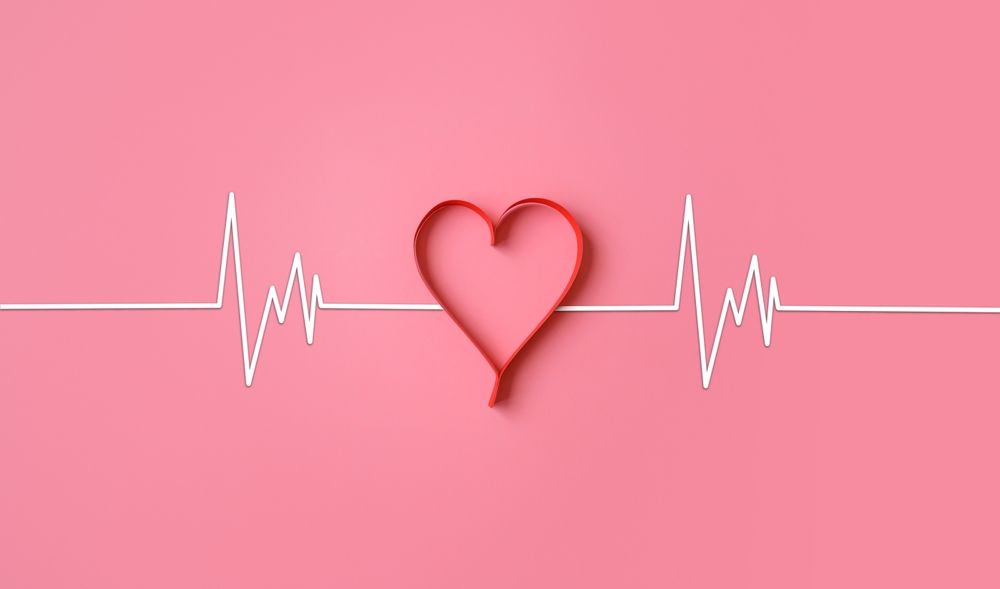How IV Therapy Delivers Essential Nutrients Directly to Your Cells
How IV Therapy Delivers Essential Nutrients Directly to Your Cells

Intravenous (IV) therapy has emerged as a popular method to deliver essential nutrients directly into the bloodstream, allowing for immediate absorption and utilization by the body. This innovative approach to nutrition is becoming increasingly recognized for its potential benefits across a wide range of health conditions and wellness goals.
Understanding the Basics of IV Therapy
IV therapy involves the administration of fluids, vitamins, and minerals directly into a patient’s bloodstream. This method bypasses the digestive system, allowing for faster and more efficient absorption of nutrients. It’s often used in hospitals, but many wellness centers and clinics now offer similar treatments aimed at enhancing overall health.
Typically, a healthcare provider will insert a small catheter into a vein, where a sterile solution containing various nutrients can be infused. The specific formulation can be tailored to meet the patient’s individual needs, making it a versatile option for many. This personalized approach means that patients can receive exactly what their bodies require, whether it’s hydration after an intense workout or a boost of vitamins during flu season.
The Science Behind IV Therapy
The body requires a myriad of vitamins and minerals for optimal functioning. When nutrients are delivered via IV, they pass directly into the bloodstream, significantly increasing their bioavailability. This means that nutrients can be utilized by the cells much quicker than if they were taken orally. The rapid infusion of these essential compounds can lead to immediate improvements in energy levels, mood, and overall wellness, making it a popular choice among those seeking quick recovery or enhancement.
This direct delivery method is particularly beneficial for individuals who may have absorption issues, such as those with gastrointestinal disorders. By circumventing the digestive tract, IV therapy ensures that patients receive crucial nutrients that their bodies might otherwise struggle to absorb efficiently. Additionally, this method can be advantageous for patients undergoing treatments that compromise their nutrient absorption, such as chemotherapy, where maintaining nutritional balance is vital for recovery.
Types of Nutrients Delivered Through IV Therapy
IV therapy can provide a variety of nutrients, including:
- Vitamins such as Vitamin C, B-complex, and Vitamin D
- Electrolytes including magnesium, calcium, and potassium
- Minerals for strengthening bodily functions
- Amino acids, essential for muscle repair and growth
These nutrients can be customized based on an individual’s health requirements, making each IV treatment unique. This flexibility allows for addressing specific health conditions or optimizing physical performance. For instance, athletes often seek out IV therapy to replenish lost electrolytes and improve recovery time after intense training sessions. Furthermore, those dealing with chronic fatigue or stress-related issues may find tailored nutrient infusions particularly beneficial, as they can help restore balance and enhance vitality.
Moreover, the growing popularity of IV therapy has led to the development of various specialized formulations, such as those aimed at detoxification or immune support. Some clinics offer "beauty drips" that include antioxidants and hydration to promote healthy skin, while others focus on energy-boosting blends that combine vitamins and minerals known for their revitalizing properties. This trend reflects a broader movement towards preventive healthcare, where individuals are increasingly proactive about their wellness and seeking out innovative treatments that align with their health goals.
The Process of IV Therapy
The simplicity and efficiency of IV therapy make it an appealing option for many. However, understanding the entire process is essential for anyone considering this treatment.
Preparing for IV Therapy
Before undergoing IV therapy, patients typically have a consultation with a healthcare provider. This appointment is used to assess health history, symptoms, and overall wellness goals. Based on this evaluation, a customized nutrient mix may be recommended.
Hydration is also crucial before the procedure, as well-hydrated veins are easier to access. Patients are often encouraged to drink plenty of fluids in the hours leading up to their appointment.
What to Expect During the Procedure
During the actual IV therapy session, patients can expect to feel relaxed. The procedure usually takes between 30 to 60 minutes, depending on the type and volume of fluid being infused. A nurse or trained technician will insert the IV line and monitor the patient throughout the session.
Most individuals report feeling a warm sensation as the nutrients enter their bloodstream, and many even find the experience quite pleasant. After the infusion, patients can typically resume their regular activities without any downtime.
Benefits of IV Therapy
The popularity of IV therapy can be attributed to its numerous benefits. From boosting energy levels to enhancing immune function, IV therapy offers a wide array of advantages.
Immediate Nutrient Absorption and Its Advantages
One of the key benefits of IV therapy is the immediate absorption of nutrients. Unlike oral supplements, which can take hours or days to provide noticeable effects, IV therapy often allows patients to feel results within a short period after the infusion. Many report increased energy, improved hydration, and mental clarity soon after their treatment.
Bypassing the Digestive System: Why It Matters
The digestive system can sometimes limit the amount of nutrients that reach the bloodstream due to poor absorption, gastrointestinal issues, or even certain medications. By bypassing the digestive tract, IV therapy ensures that maximum nutrient levels reach the body’s cells.
This is especially beneficial for individuals with malabsorption conditions or those recovering from surgery, where the digestive system might be compromised.
Potential Risks and Side Effects of IV Therapy
While IV therapy is generally safe, it’s important to be aware of potential risks and side effects. Understanding these can help patients make informed decisions about their health.
Common Side Effects of IV Therapy
Some individuals may experience mild side effects, which can include:
- Pain at the injection site
- Temporary bruising
- Headaches
- Nausea or lightheadedness
In rare instances, more severe reactions can occur, which is why it's crucial to undergo IV therapy under medical supervision.
How to Mitigate Risks Associated with IV Therapy
To minimize the risk of complications, it’s vital to choose a reputable clinic with trained professionals. Additionally, patients should communicate openly with their healthcare providers about their medical history and any concerns they may have.
Staying well-hydrated, ensuring a sterile environment, and adhering to post-procedure guidelines can also significantly reduce potential risks.
The Role of IV Therapy in Health and Wellness
IV therapy represents an exciting advancement in the field of health and wellness. Its unique ability to deliver nutrients directly into the bloodstream has placed it at the forefront of modern wellness practices.
IV Therapy for Chronic Conditions
For individuals suffering from chronic health conditions, IV therapy can provide considerable benefits. Conditions such as fibromyalgia, chronic fatigue syndrome, and migraines have shown positive responses to nutrient therapy. The tailored approach of IV therapy can help manage symptoms and improve the overall quality of life.
IV Therapy for Optimal Performance and Recovery
Athletes and fitness enthusiasts are increasingly turning to IV therapy to enhance performance and expedite recovery after intense workouts. By delivering essential nutrients, such as amino acids and electrolytes, directly into the bloodstream, individuals can reduce recovery time and improve their overall fitness levels.
In conclusion, IV therapy offers a multifaceted approach to delivering essential nutrients, providing benefits that extend to various aspects of health. Whether used for recovery, symptom management, or simply to boost wellness, it presents a compelling option for those seeking optimum health.











